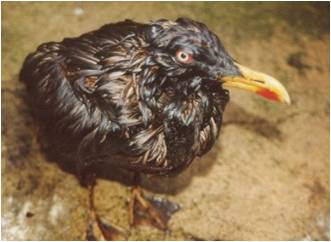EQUINE CONCEPTUS DEVELOPMENT – A MINI REVIEW
Resumo
Many aspects of early embryonic development in the horse are unusual or unique; this is of scientific interest and, in some cases, considerable practical significance. During early development the number of different cell types increases rapidly and the organization of these increasingly differentiated cells becomes increasingly intricate as a result of various inter-related processes that occur step-wise or simultaneously in different parts of the conceptus (i.e., the embryo proper and its associated membranes and fluid). Equine conceptus development is of practical interest for many reasons. Most significantly, following a high rate of successful fertilization (71-96%) (Ball, 1988), as many as 30-40% of developing embryos fail to survive beyond the first two weeks of gestation (Ball, 1988), the time at which gastrulation begins. Indeed, despite considerable progress in the development of treatments for common causes of sub-fertility and of assisted reproductive techniques to enhance reproductive efficiency, the need to monitor and rebreed mares that lose a pregnancy or the failure to produce a foal, remain sources of considerable economic loss to the equine breeding industry. Of course, the potential causes of early embryonic death are numerous and varied (e.g. persistent mating induced endometritis, endometrial gland insufficiency, cervical incompetence, corpus luteum (CL) failure, chromosomal, genetic and other unknown factors (LeBlanc, 2004). However, the problem is especially acute in aged mares with a history of poor fertility in which the incidence of embryonic loss between days 2 and 14 after ovulation has been reported to reach 62-73%, and in which embryonic death is due primarily to embryonic defects rather than to uterine pathology (Ball et al., 1989; Carnevale & Ginther, 1995; Ball, 2000).


